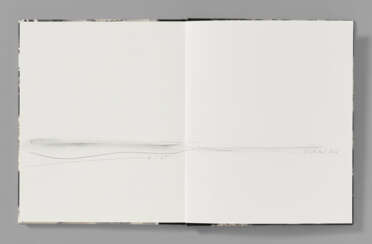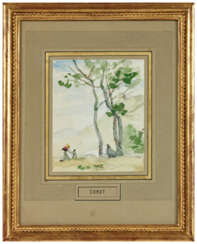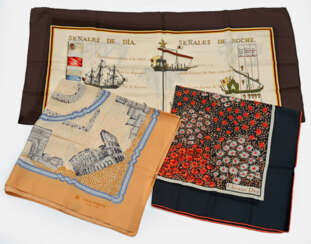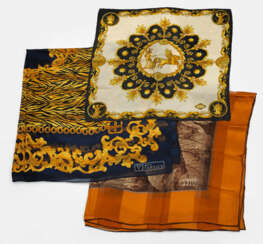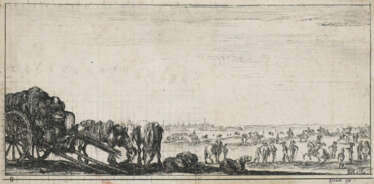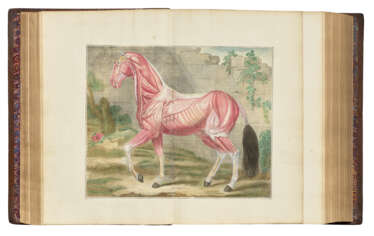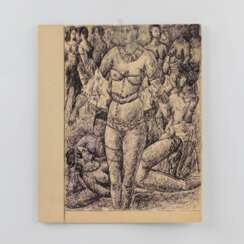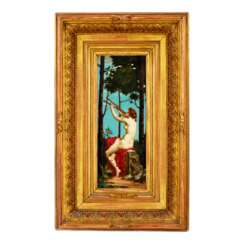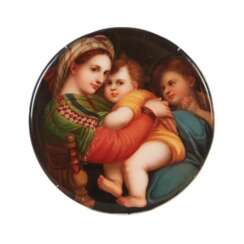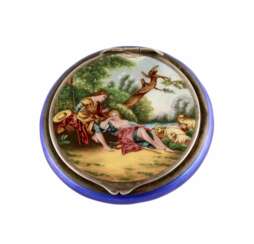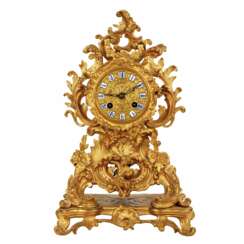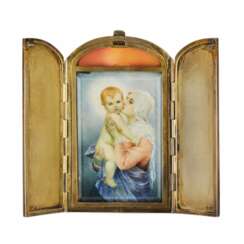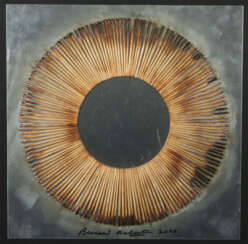3412 Items by auctions and galleries:
dessins
Lot 676 Gerhard Richter. dessins et aquarelles / drawings & watercolours: 1957-2008
Gerhard Richter (1932)  A541: Evening Sale
A541: Evening Sale 

Gerhard Richter
09.02.1932
Germany
Gerhard Richter is a German visual artist. Richter has produced abstract as well as photorealistic paintings, and also photographs and glass pieces. He is widely regarded as one of the most important contemporary German artists and several of his works have set record prices at auction.

VAN HAM Kunstauktionen GmbH
A541: Evening Sale
Date: 03.12.2025 18:00 UTC +01:00
Number of lots in the catalog: 519
Tie Silk 100% Handmade
Elena Zimovets (b. 1956)  Shop Zimovets Elena
Shop Zimovets Elena

Elena Zimovets
08.05.1956
France
Professional certified fashion designer, painter, illustrator and graphic designer.
Graduated from the Moscow Textile University named after Kosygin, Faculty of Applied Arts (since 1982).
From 1982 to 1993 she worked at the House of Models as the chief designer and designer: she created collections of ready-to-wear and Haute Couture clothes.
From 1999 to 2002 - Lecturer at the International Private Academy of Audiovisual Arts in disciplines: painting, drawing, composition, modeling and costume history and color graphics.
In 2008 in Portugal (Portimao) a personal exhibition "In harmony with the soul" was successfully held,
The exhibition was widely covered by television, radio and the press.
Member of the GemlucArt Monaco community.
Recent exhibitions:
2016 - Suquet des arts, Cannes, France
2016 - GemlucArt, Monte Carlo Contemporary Art Fair, Monaco
2017 - GemlucArt, Monte Carlo Contemporary Art Fair, Monaco
2018 - "Russian Seasons Club" - Exhibition in Gray d'Albion, Cannes.
2019-2020 - Personal exhibition in Grasse. Paintings are in private collections.
About creativity:
“I have developed my own painting technique on transparent fabrics such as organza. This is not batik, but color graphics and painting on fabric. I also work in other techniques and with different materials: pastel, acrylic, oil, watercolor, etc.
Recently, I have been researching movement and pulsation: forms, lines and points in abstract painting and in space, as well as their architectonics. I developed my own technique and style, working with line and point, namely with drops of paint, which I then stretch into lines of different thicknesses. This is my conceptual idea for my abstract painting. Its origin lies in my works in the style of Khokhloma and Zhostovo, on which I worked in the 70s of the 20th century.

Artist shop
Zimovets Elena
France
Number of products: 12
Lot 9 Camille Jean-Baptiste COROT (1796-1875)
Jean-Baptiste Camille Corot (1796 - 1875) 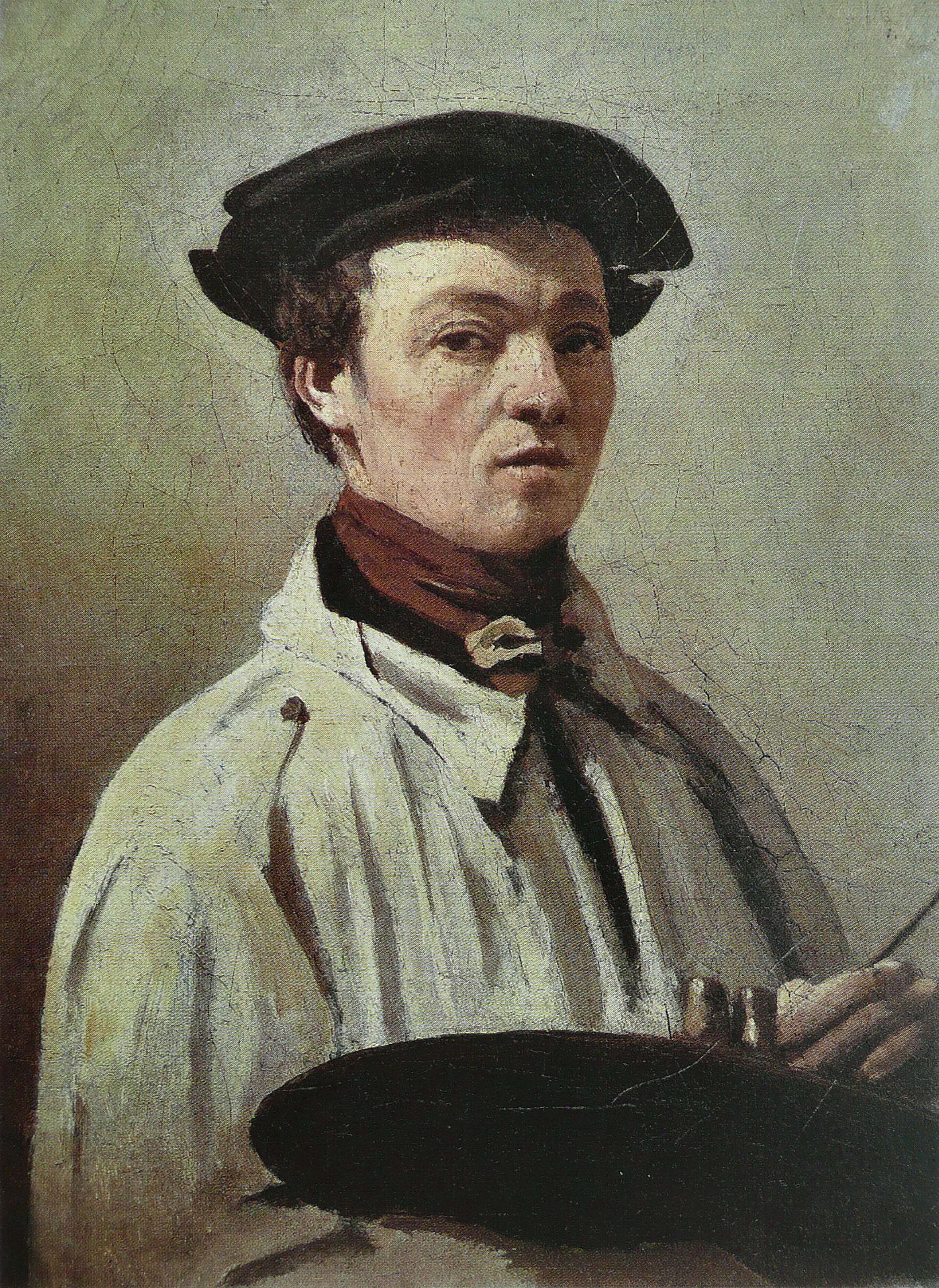 The Spirit of the 19th century
The Spirit of the 19th century 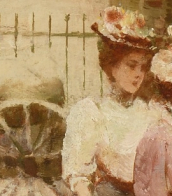

Jean-Baptiste Camille Corot
16.07.1796 - 22.02.1875
France
Jean-Baptiste-Camille Corot was a French landscape and portrait painter as well as a printmaker in etching. He is a pivotal figure in landscape painting and his vast output simultaneously referenced the Neo-Classical tradition and anticipated the plein-air innovations of Impressionism.

Osenat
The Spirit of the 19th century
Date: 23.11.2025 14:00 UTC +01:00
Number of lots in the catalog: 225
Lot 190 LAFOSSE, Philippe Étienne (1738-1820)
Valuable Books, Manuscripts and Photographs, including Highlights from The Royal Society of Medicine 

CHRISTIE'S
Valuable Books, Manuscripts and Photographs, including Highlights from The Royal Society of Medicine
Date: 10.12.2025 12:00 UTC +00:00
Number of lots in the catalog: 213
